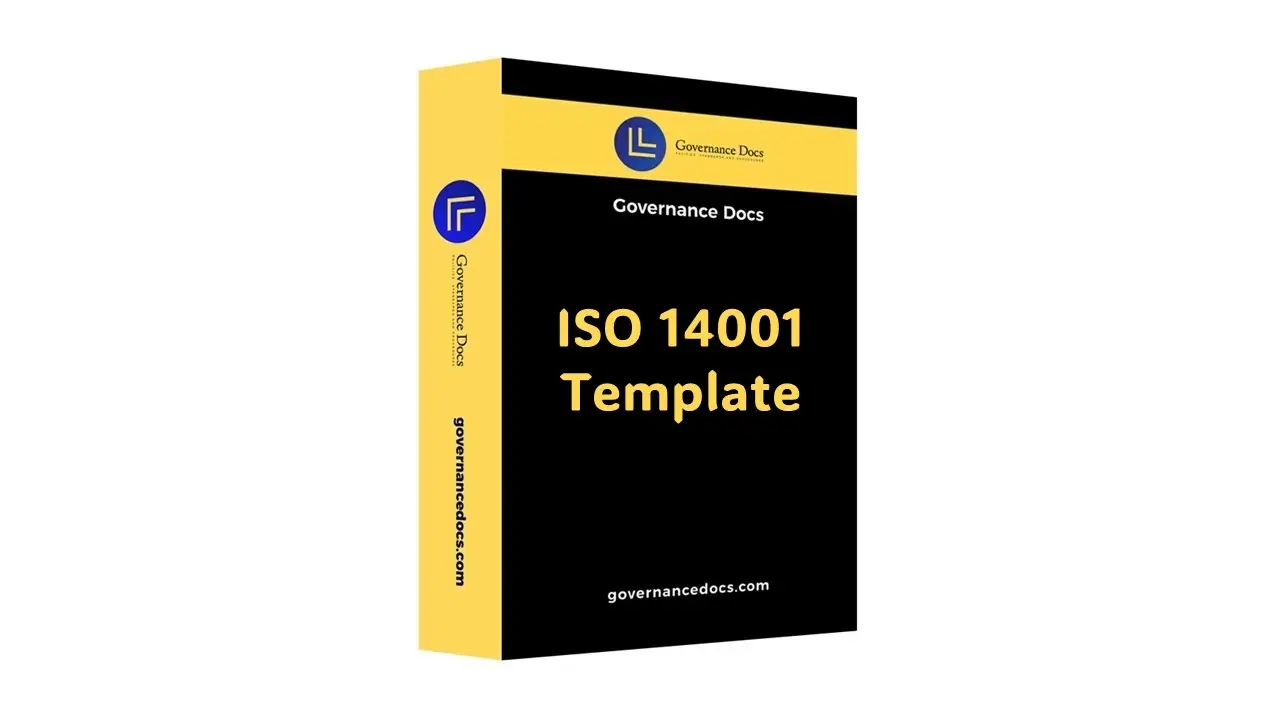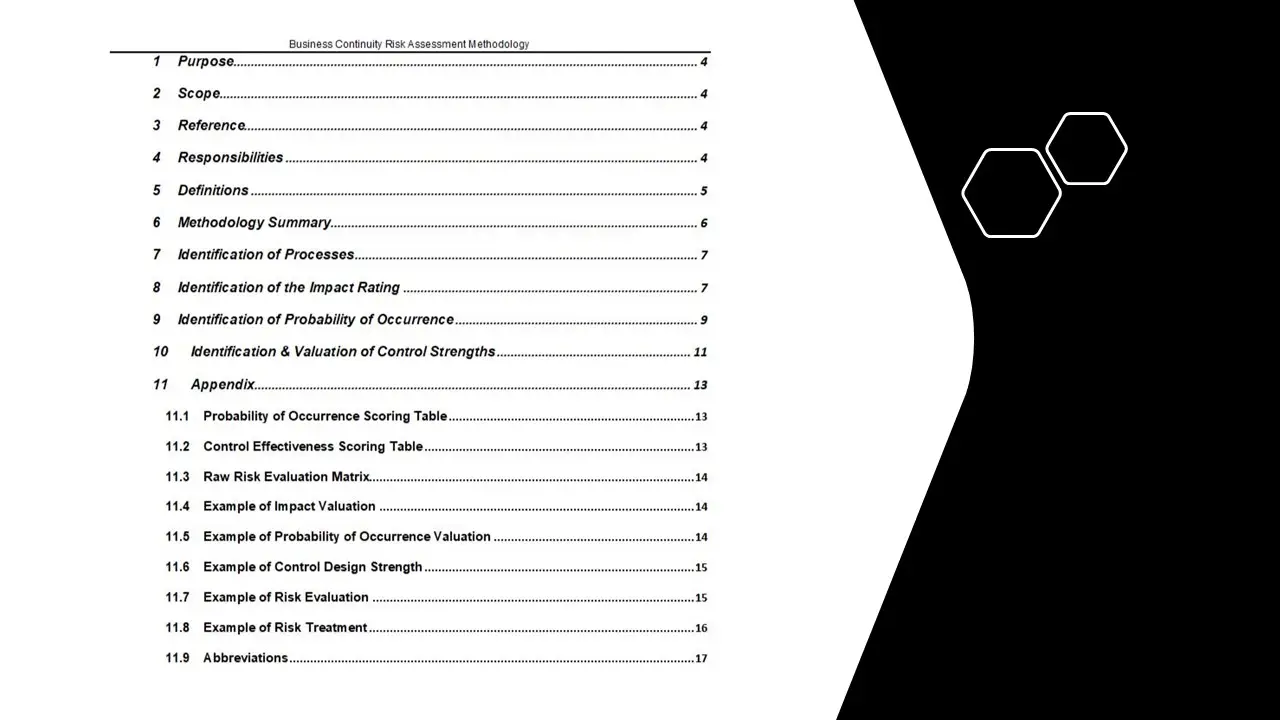Procedure for Determining the Context and Interested Parties
In the ever-evolving landscape of environmental management, understanding the intricate web of influences and stakeholders is paramount. The “Procedure for Determining the Context and Interested Parties” is a pivotal tool designed to navigate this complexity, ensuring that organizations not only comply with ISO 14001 standards but also thrive in their environmental management systems (EMS).
At the heart of this procedure lies the ability to meticulously identify and analyze the context in which an organization operates. This involves a comprehensive assessment of both internal and external factors that could impact the EMS. By doing so, organizations can anticipate challenges, seize opportunities, and align their environmental strategies with broader business objectives. This proactive approach is crucial in a world where environmental considerations are increasingly intertwined with business success.
One of the standout features of this procedure is its structured methodology for identifying interested parties. In the realm of EMS, interested parties can range from regulatory bodies and local communities to customers and suppliers. Each of these stakeholders has unique expectations and requirements that must be understood and addressed. The procedure provides a clear framework for mapping out these parties, assessing their influence, and determining their relevance to the organization’s environmental objectives.
The benefits of implementing this procedure are manifold. Firstly, it fosters a culture of awareness and engagement within the organization. By understanding the context and interested parties, employees at all levels become more attuned to the environmental implications of their actions. This heightened awareness can lead to more sustainable practices and innovations that benefit both the organization and the environment.
Moreover, the procedure enhances an organization’s ability to manage risks and capitalize on opportunities. By having a clear understanding of the context and stakeholders, organizations can develop more robust risk management strategies and identify areas where they can differentiate themselves through environmental leadership. This not only strengthens the organization’s reputation but also opens up new avenues for growth and collaboration.
The value proposition of the “Procedure for Determining the Context and Interested Parties” is clear: it empowers organizations to build resilient and forward-thinking EMS frameworks. By aligning environmental goals with business strategies, organizations can achieve compliance with ISO 14001 standards while also driving long-term value creation. This procedure is not just a compliance tool; it is a strategic asset that positions organizations for success in a world where environmental stewardship is a key determinant of business viability.
In conclusion, the “Procedure for Determining the Context and Interested Parties” is an indispensable resource for any organization committed to excellence in environmental management. Its comprehensive approach to understanding context and stakeholders ensures that organizations are not only compliant but also competitive in the global marketplace. By embracing this procedure, organizations can navigate the complexities of EMS with confidence and clarity, paving the way for a sustainable future.
All GovernanaceDocs documents are developed based on well-known standards such as NIST CSF, ISO 27001, ISO 22301, PCI-DSS and HIPAA.
Hence, You just need to download and selected document and add your company name and logo.










Reviews
There are no reviews yet